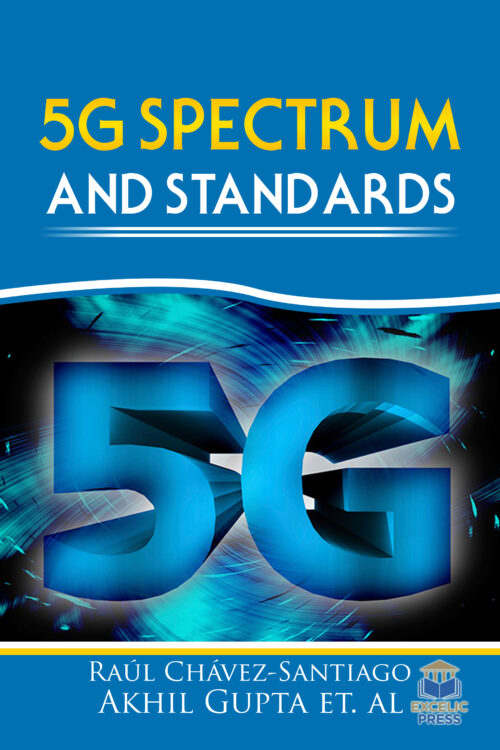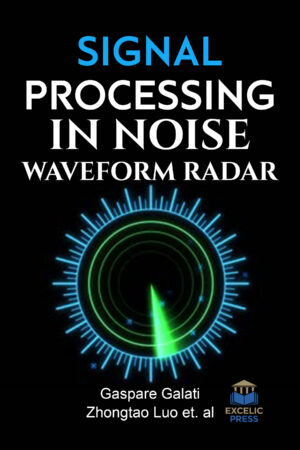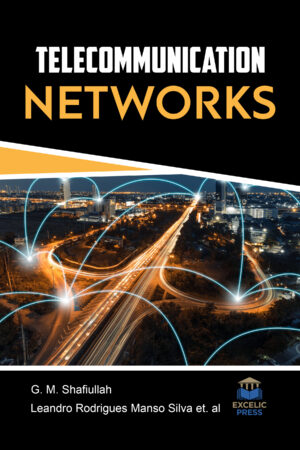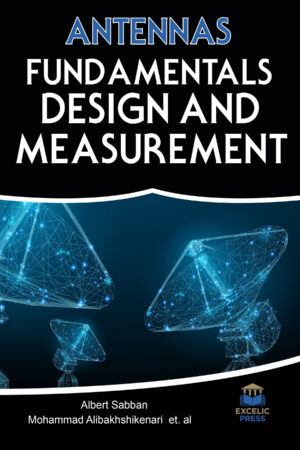Description
Increased demand of consumers on services in the mobile environment with high data rate and technologically developed mobile broadband communication systems will require more spectrum to be available in the future. The new technologies require frequencies for their development and usage. With the rapid development of Mobile Internet and Internet of Things, the 5G will be integrated into each field of the society in the future, and construct a full range of information ecosystem, providing a broad prospect. Spectrum is the one of the most valuable resource for mobile communications. Among the 5G studies and pre-standardization works, the spectrum issue is one of the most important parts. One of the main objectives of fifth generation (5G) mobile communication systems, known also as IMT-2020, is to increase the current data rates up to several gigabits per second (Gbit/s) with even more than 10 Gbit/s. One possibility is to consider the use of higher frequencies in order to increase the available bandwidth, which is necessary to achieve such data rates. In this context, the global 5G research institutions pay high attention to the research on spectrum, 5G Spectrum and Standards. Research programs, industry collaborations and standardization debates now underway to define a 5G global vision will ultimately determine the technological, network and spectrum requirements of 5G.
5G Spectrum and Standards aims to provide highlights of the current research topics in the field of 5G and to present a picture of the recent advances and major issues faced today by the researchers. It provides key insight into future 5G radio systems and the technical and economic impact on industries, communities and end-users. It addresses the current spectrum for mobile communications, the future spectrum demand, possible candidate frequency bands and spectrum management considerations. Each chapter offers a wide-ranging study of the subject area to provide an in-depth coverage of the application at hand. Some academic views are also provided for future work.





